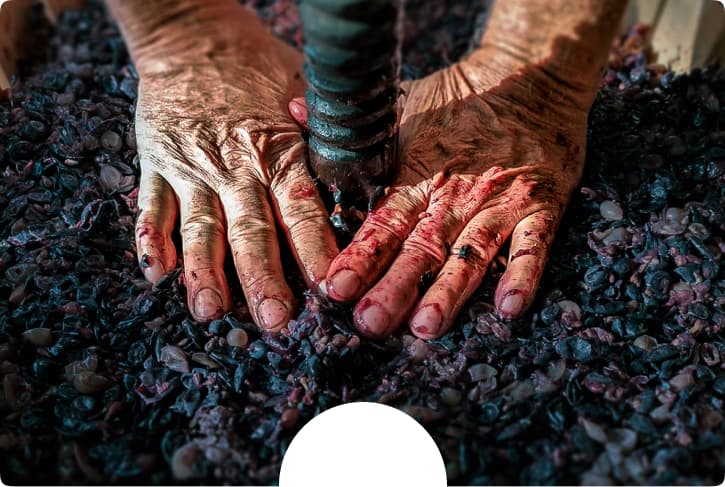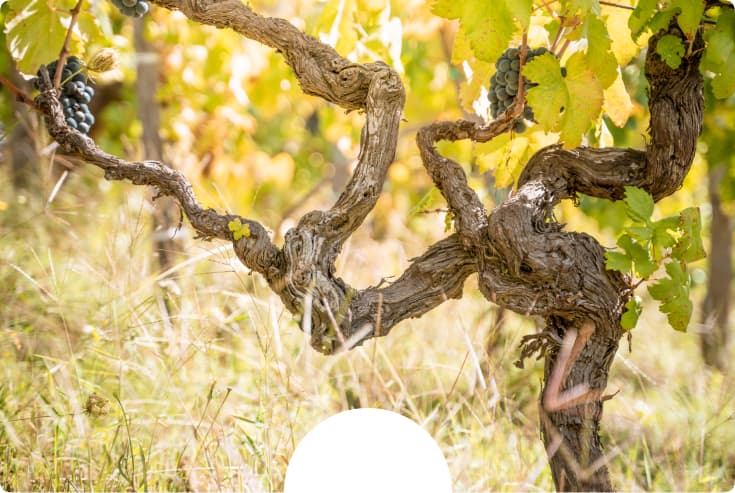
Verbicaro DOC
The story of a Wine is the story of its Land
A History, a Tradition, a Millennia-long Culture
Verbicaro, a Calabrian village, extended between the medium altitudes of the Pollino massif overlooking the Tyrrhenian Sea, where in the valley impluvia we find the cedar cultivation area with unique climatic conditions.
An incessant and ancient viticultural history continues to live here, where for centuries entire generations of families have renewed their passion and tradition in the production of typical wines.
A culture born as early as the 7th century BC, when Calabria was defined as the “Land of Wine” from the ancient Greeks, where it began; the cultivation of very ancient vines such as the Greco Bianco still present in our area today, as well as; the most of the region.
The Romans inherited this wine heritage, safeguarding it and then spreading the grapes throughout Medieval Europe, particularly appreciating the wine of this area.
With over the centuries, many vines began a slow climatic adaptation, changing characteristics also due to crossings with local grapes, giving life to the numerous native vines present in the Verbicaro area.
In the 17th century, the typical white wine of Verbicaro, widely spread and known, continues to be appreciated assuming more and more; importance, until it was used in the City; of Rome by the Pontifical Court for the celebrations of the Holy Mass.
In the most ancient times; recent events, even D’Annunzio was aware of the tradition present in this area, meticulously describing in his work “Leda Senza Cigno” the white grapes used in the production of “panacielli” of Verbicaro.
In all these years it has been; been passionately guarded and meticulously preserved authenticity & agrave; and typicality; of wines, still guaranteeing an authentic and valuable product today, until obtaining the DOC recognition from the European Union.

Bio Crops and Traditional Processes
The grapes, so; like our wines, they do not undergo chemical treatments.
For entire generations we have been working in respect of the genetic heritage of our vineyards.
This is; our priority, to preserve their biodiversity, using cultivation practices that respect the viticultural tradition, biologically non-impactful, preserving the natural ecological cycle of the vine.
As in cultivation, production is also involved. the use of only traditional non-industrialized methods is envisaged, performing the historic and classic process of crushed-destemmed and pressed grapes,
guaranteeing Authentic, artisanal, natural products, which reflect the our Territory.

The ancient native vines
Very ancient vines cultivated since the times of Magna Graecia, which over the centuries many began a slow climatic adaptation, changing characteristics also due to crossings with local grapes, giving life to the numerous native vines present in the Verbicaro area.< /p>
Magliocco Dolce, locally called “Guarnaccia” it is one of the varieties; native vineyards for the production of the classic red wine of Verbicaro.
It is; a variety of of very luxuriant vine, which due to its particular characteristic of having dense berries, has a late ripening between the end of September and mid-September. October, producing excellent fruity wines that lend themselves well to aging, with good structure, aromatic, soft, pleasant acidity; and good alcohol content, with a good load of tannins.
Greco nero is; a vine grown throughout Calabria, where it takes the name of Greco nero di Verbicaro,
variety; used for the production of red Verbicaro together with sweet Magliocco.
It is; a late-ripening vine and produces harmonious ruby red wines
These vines give rise to Verbicaro DOC wines. Along with these main varieties; Malvasia Bianca, Greco Bianco, Duraca and Moscatello
are also cultivated